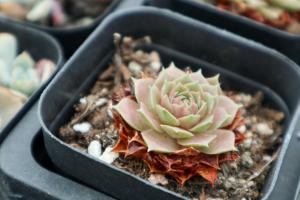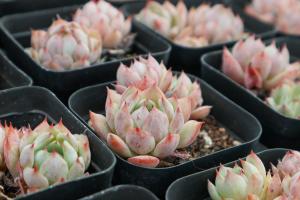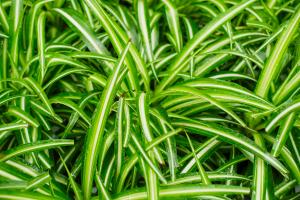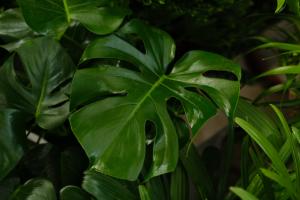1、 Curing method
1. Temperature: undead birds like warmth. Specifically, it's better to be between 15 and 28 degrees. In a very muggy environment, it is not conducive to its growth, and it will be prone to some diseases. Therefore, try to have more ventilation in summer and adjust the temperature. In addition, we also have to prevent cold in winter, and the lowest temperature should not be less than two degrees

2. Light: the immortal bird is a light loving species. Good sunshine will make its plant shape more beautiful, and it will not grow in vain. However, it is also afraid of exposure. Therefore, in summer, it's best to shade and avoid sunburn

3. Watering: the undead bird is very afraid of waterlogging. Its roots are easy to rot when there is a lot of water. Generally speaking, it needs more water during the growth period. Generally, it needs to be watered two or three times a week. When it is very cold in winter, try not to pour too much water once a week or two

4. Fertilization: it needs fertilizer, but not too much. But once a month, mainly liquid fertilizer

2、 Breeding skills
1. Propagation: cutting is often used as a method. Its branches can be used for cutting. As long as it is full of juice and there is no wound on the surface. After cutting it off, it's best to dry it for two or three days before inserting it. The requirements for soil are mainly air permeability, etc., and nutrients can also be slightly considered. After insertion, keep it moist and put it in a cool place

2. Change basin: try to change the basin once a year, because the immortal birds still have high requirements for soil permeability. Even if you don't change the pots, you need to turn the pots regularly, otherwise the soil will agglomerate, which is unfavorable to the growth of plants. In addition, while changing the basin, the root system also needs to be repaired slightly

3、 Diagnosis and treatment problems
1. Diseases: diseases mainly occur in summer and autumn, especially when the ventilation is very poor. Common species are "anthrax" and so on. Chlorothalonil is commonly used, and pruning and other measures must be taken at the same time

2. Insect pests: "scale insects" are the most common species. They can be sprayed in time to prevent and control before the number expands

4、 Other issues
1. Toxicity: it is a non-toxic meat. However, some people may be allergic to its juice, so they can pay a little attention

2. Whether it can be raised at home: very suitable. It can be viewed


 jackfruit
jackfruit snake plant
snake plant hibiscus
hibiscus hydrangea
hydrangea lavender
lavender Green roses climb al...
Green roses climb al... If you don't pay att...
If you don't pay att... Management of four g...
Management of four g...


































